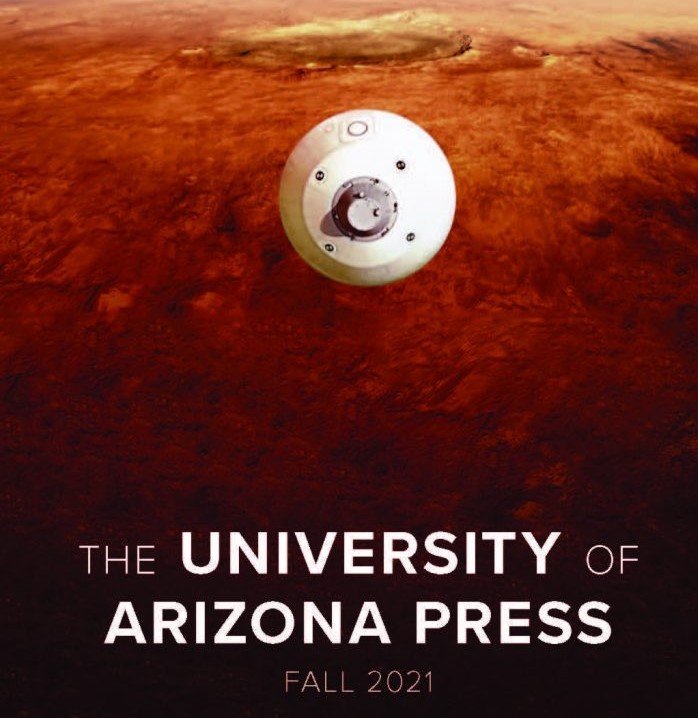May 24, 2021
Here’s a preview of our upcoming Fall 2021 season with the best the University of Arizona Press has to offer, from Latinx poetry, to Indigenous studies, space sciences, as well as the variety of the unique global scholarship the Press has committed to bring to readers worldwide. Tuck in.
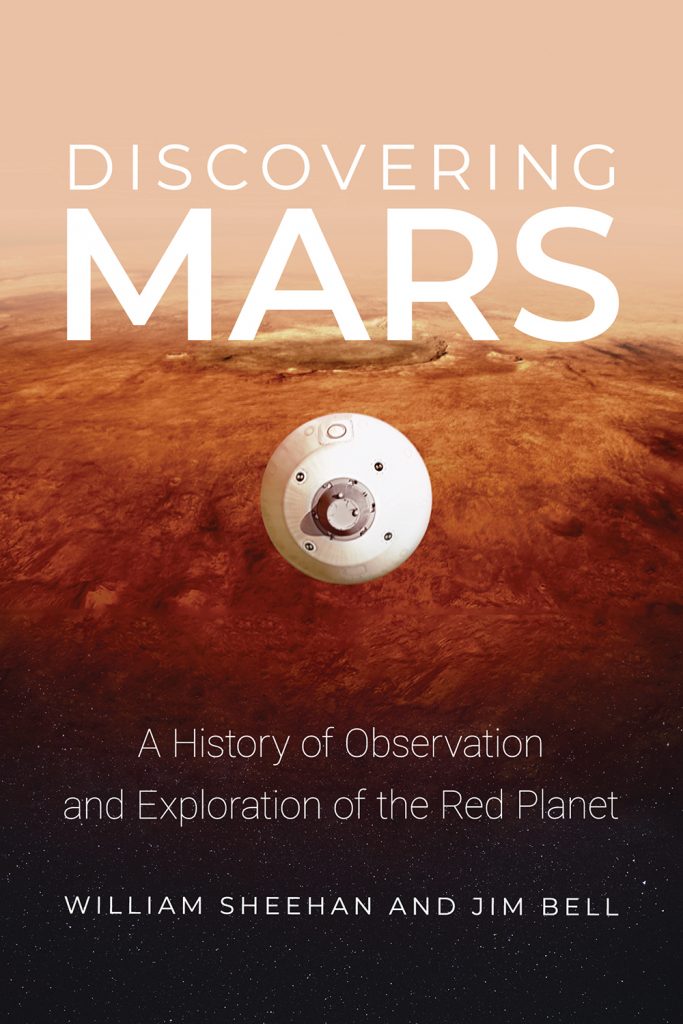
Discovering Mars: A History of Observation and Exploration of the Red Planet is a timely epichistory from William Sheehan and Jim Bell. This is an ambitious first draft as the latest chapters continue to be added both by researchers on Earth and our robotic emissaries on and around Mars, including the latest: the Perseverance rover and its Ingenuity helicopter drone, which set down in Mars’s Jezero Crater in February 2021.

In The Beloved Border: Humanity and Hope in a Contested Land, Tucson-based writer Miriam Davidson shares the history of sanctuary and argues that this social movement and others that have originated on the border are vanguards of larger global movements against the mistreatment of migrant workers and refugees, police brutality, and other abuses of human and natural rights. She gives concrete examples of positive ways in which border people are promoting local culture and cross-border solidarity through health care, commerce, food, art, and music. While death and suffering continue to occur, The Beloved Border shows us how the U.S.-Mexico border could be, and in many ways already is, a model for peaceful coexistence worldwide.

Water in the desert, or the current decrease in the Colorado River is what makes Eric Kuhn and John Fleck‘s Science Be Dammed: How Ignoring Inconvenient Science Drained the Colorado River an important history, as well as a needed message for a desert in the midst of climate change. The book returns this season in paperback detailing the clear evidence that the Colorado River could not sustain ambitious dreaming and planning by decision-makers throughout the twentieth century. Those decision makers knew this, yet continued to make the least sustainable decisions.
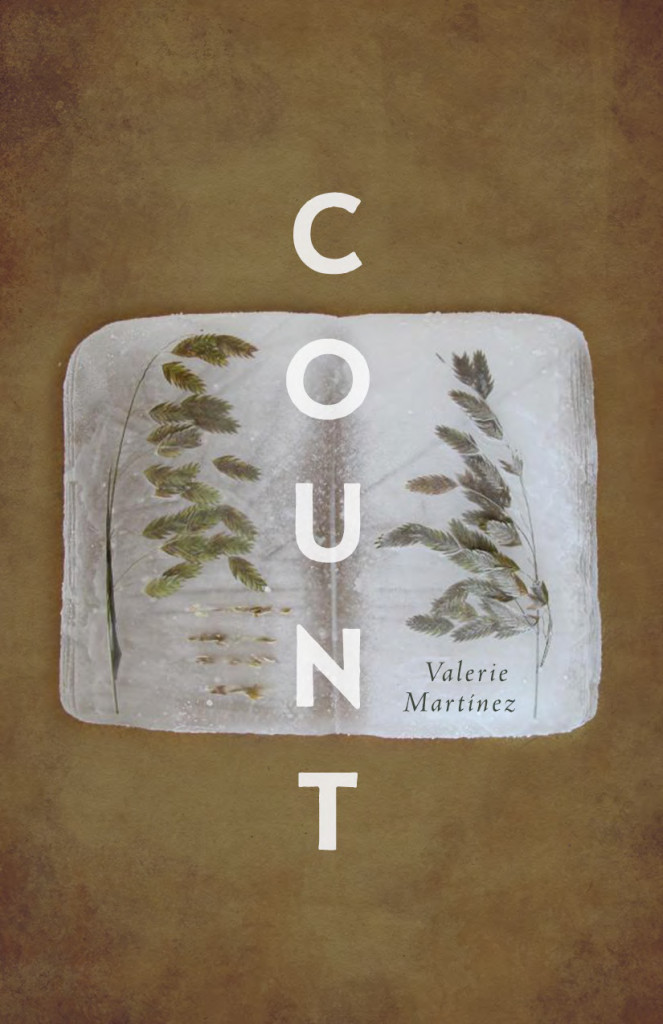
Count is a powerful book-length poem from Valerie Martínez that reckons with the heartbreaking reality of climate change. Forty-three sections of myth-gathering, flora and fauna, accounts of climate devastation, personal narratives, witnessing, references to works of eco-art, and evocations of children unfold over the course of the book, creating a deeply nuanced image of the current climate crisis. Central to this vital work of ecopoetry is the idea of counting—counting down to the extinction of a species, counting the wonders of the natural world, counting our way back to the balance that is required to save ourselves from climate destruction.
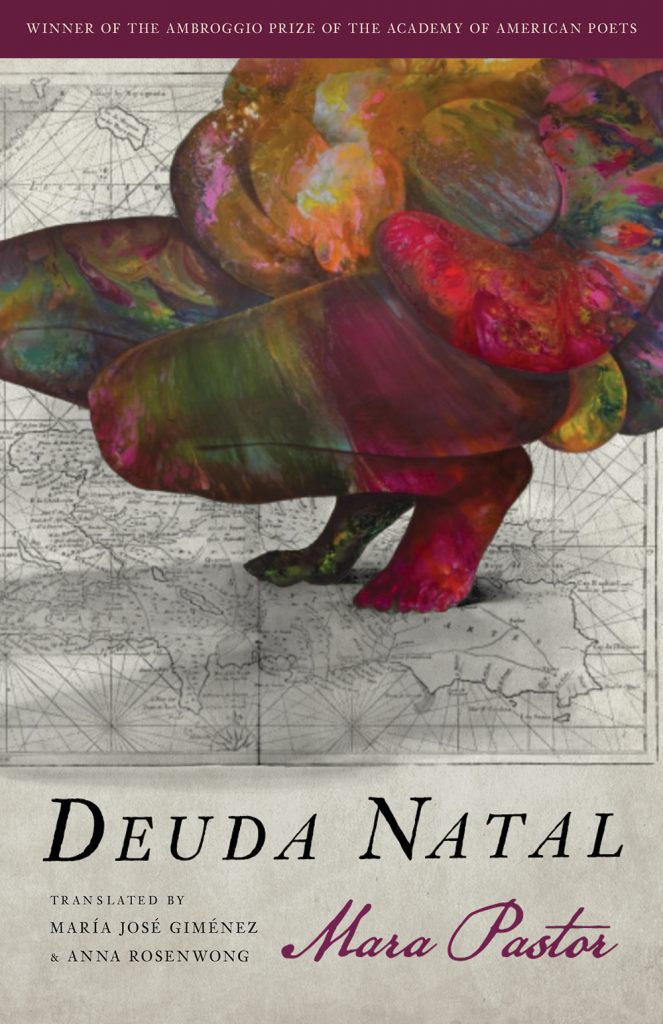
Mara Pastor is one of the most prominent voices in Puerto Rican poetry. Her new collection Deuda Natal translated by María José Giménez and Anna Rosenwong, is the 2020 Ambroggio Prize winner from the Academy of American Poets. Deuda Natal finds the beauty within vulnerability and the dignity amidst precariousness. Pastor uses the poems in this bilingual collection to highlight the way that fundamental forms of caring for life—and for language—can create a space of poetic decolonization. The poems propose new ways of understanding as they traverse a thematic landscape of women’s labor, the figure of the nomad and immigrant, and the return from economic exile to confront the catastrophic confluence of disaster and disaster capitalism.
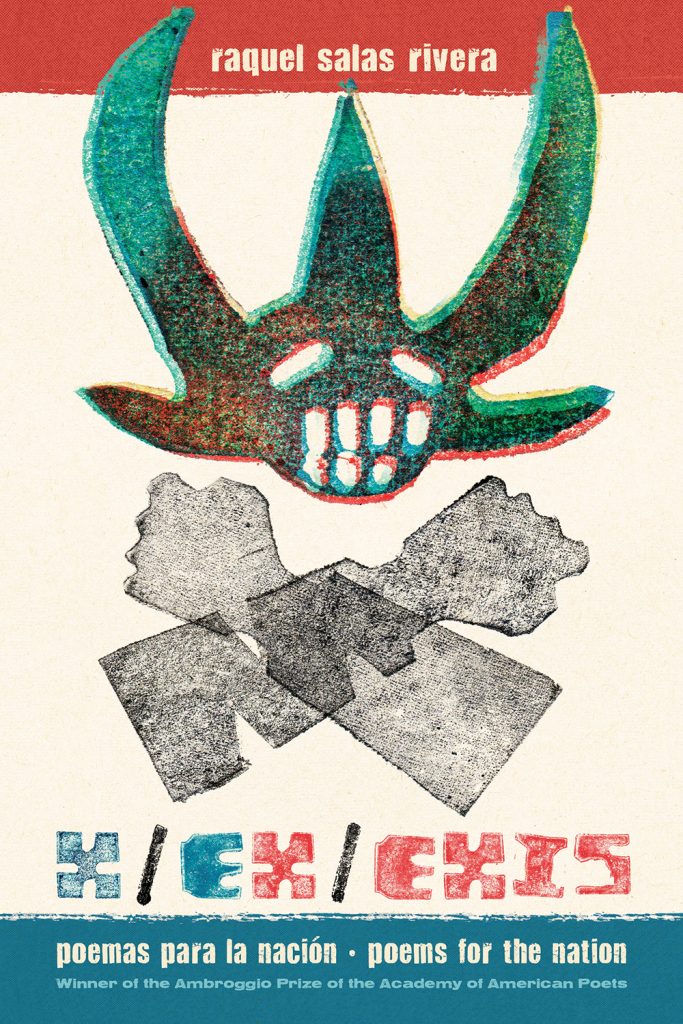
The poetry collection, x/ex/exis: poemas para la nación by Raquel Salas Rivera, is the 2018 Ambroggio Prize winner. Written in the early days of the rise of world-wide fascism and the poet’s gender transition, x/ex/exis: poemas para la nación accepts the invitation to push poetic and gender imaginaries beyond the bounds set by nation. In today’s post-disaster Puerto Rico and a world shaped by the recurring waves of an ecological apocalypse, Salas Rivera’s words feel visionary, mapping a decolonizing territory, a body, and identity of both soil and heart. For Salas Rivera, the x marks Puerto Rican transness in a world that seeks trans death, denial, and erasure. Instead of justifying his existence, he takes up the flag of illegibility and writes an apocalyptic book that screams into an uncertain future, armed with nothing to lose.
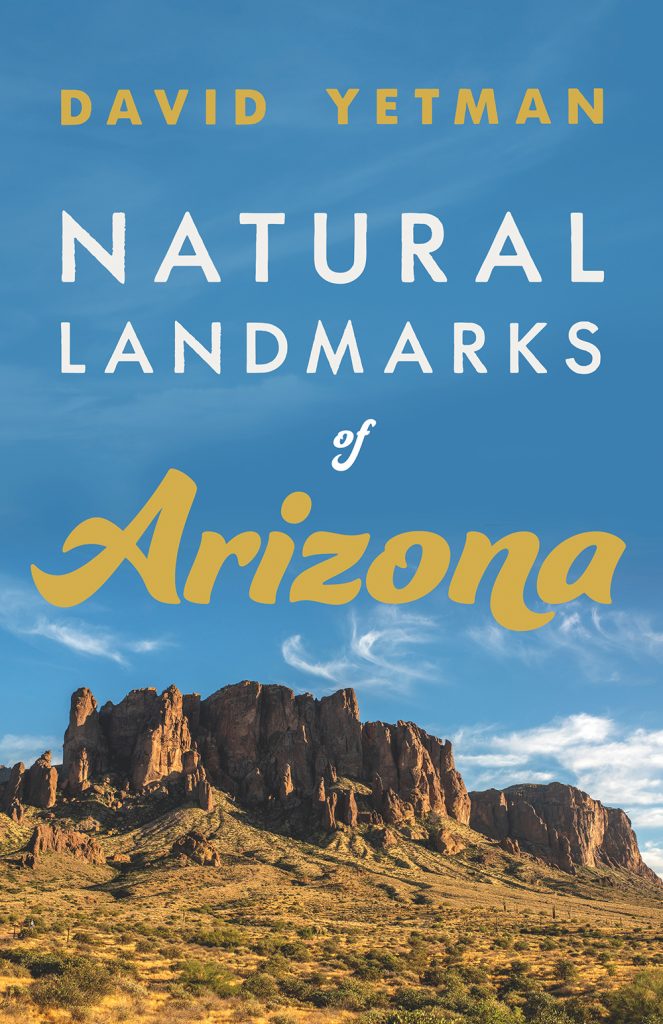
If you’re going to turn to anyone to point you to the best of what Arizona has to offer, David Yetman is the perfect authority. In his new book, Natural Landmarks of Arizona, this celebrated storyteller who has called Arizona home for most of his life shows us how Arizona’s most iconic landmarks were formed millions of years ago and sheds light on the more recent histories of these landmarks as well. These peaks and ranges offer striking intrusions into the Arizona horizon, giving our southwestern state some of the most memorable views, hikes, climbs, and bike rides anywhere in the world. They orient us, they locate us, and they are steadfast through generations.
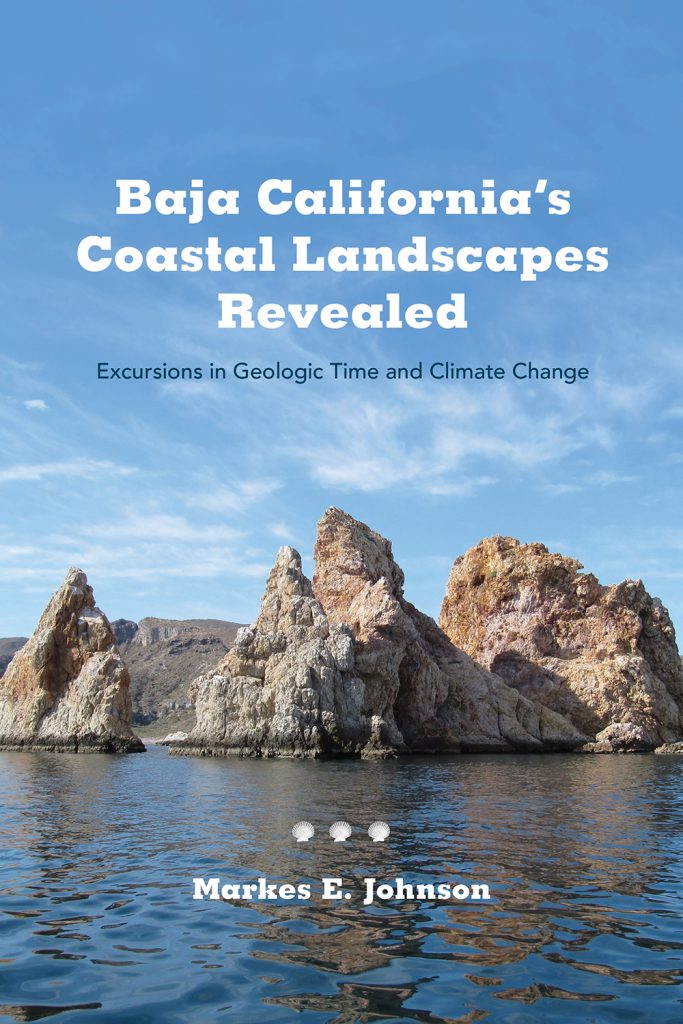
Baja California’s Coastal Landscapes Revealed: Excursions in Geologic Time and Climate Change, expert geologist and guide Markes E. Johnson‘s third installment on the Gulf of California’s coastal setting. This new title reveals a previously unexplored side to the region’s five-million-year story beyond the fossil coral reefs, clam banks, and prolific beds of coralline algae vividly described in his earlier books. Through a dozen new excursions, in Baja California’s Coastal Landscapes Revealed, Johnson returns to these yet wild shores to share his gradual recognition of another side to the region. Looking closely, Johnson shows us how geology not only helps us look backward but also forward toward an uncertain future.
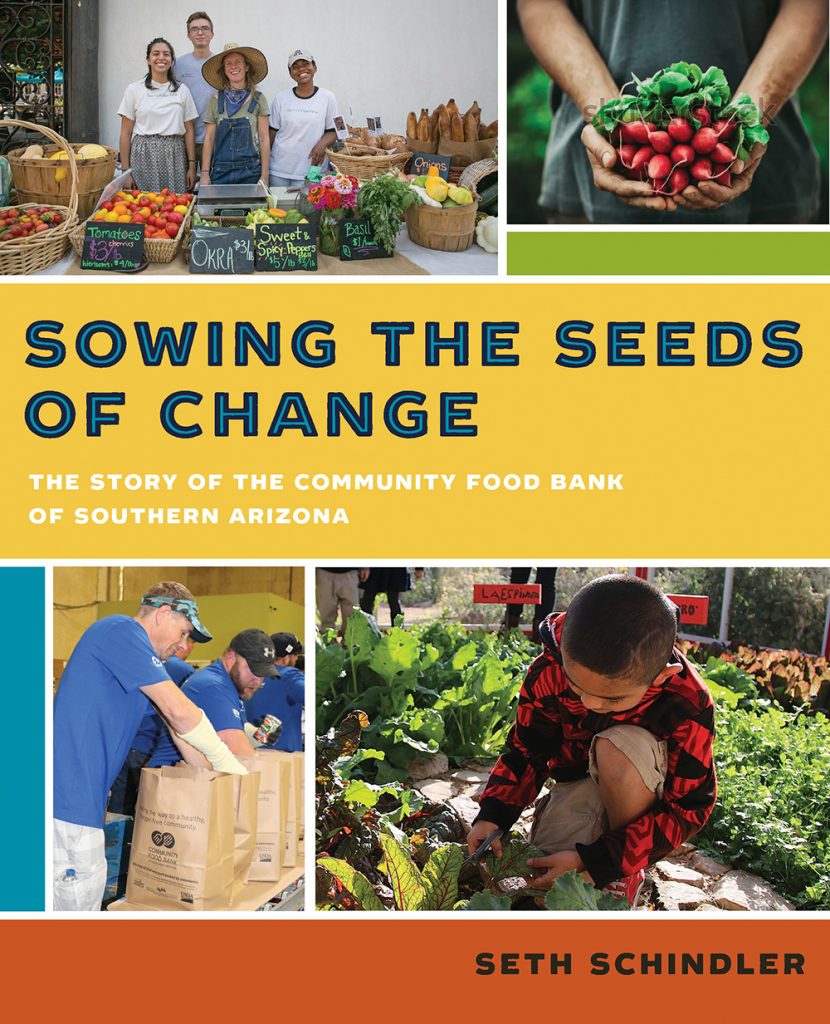
The Community Food Bank of Southern Arizona is one of the oldest and most respected food banks in America. Sowing the Seeds of Change: The Story of the Community Food Bank of Southern Arizona, by Seth Schindler, tells its story as a widely recognized leader not simply in providing hunger relief but in attacking the root causes of hunger and poverty through community development, education, and advocacy. In 2018, Feeding America—the national organization of food banks—named it “Food Bank of the Year.” The CFB serves as a model for all nonprofits to follow, no matter their mission.
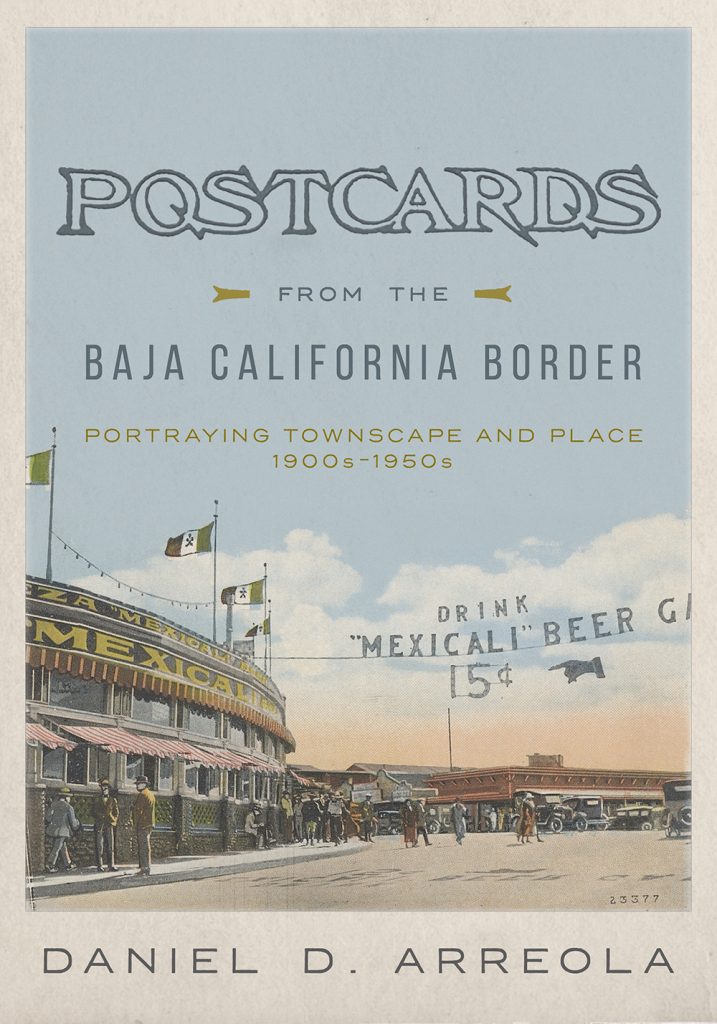
Daniel D. Arreola‘s Postcards from the Baja California Border: Portraying Townscape and Place, 1900s–1950s, offers a window into the historical and geographical past of storied Mexican border communities. Once-popular tourist destinations from the 1900s through the 1950s, the border communities explored in Postcards from the Baja California Border used to be filled with revelers, cabarets, curio shops, and more. The postcards in this book show the bright and dynamic past of California’s borderlands while diving deep into the historic and geographic significance of the imagery found on the postcards
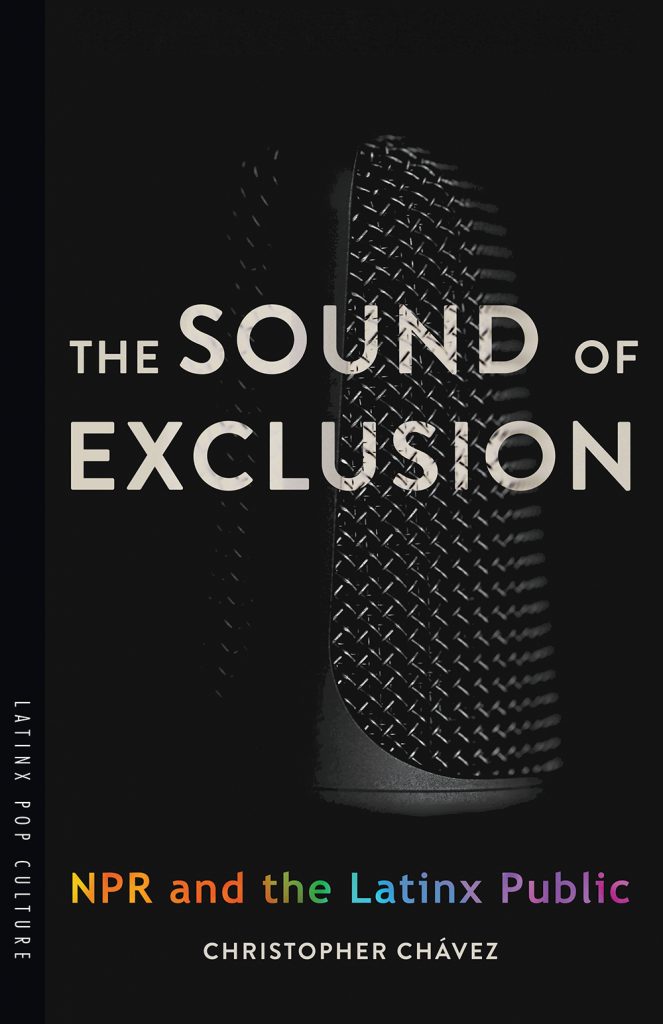
As a network that claims to represent the nation, NPR asserts unique claims about what it means to be American. In The Sound of Exclusion, by Christopher Chávez, critically examines how National Public Radio conceptualizes the Latinx listener, arguing that NPR employs a number of industry practices that secures its position as a white public space while relegating Latinx listeners to the periphery. These practices are tied to a larger cultural logic. Latinx identity is differentiated from national identity, which can be heard through NPR’s cultivation of an idealized dialect, situating whiteness at its center. By interrogating industry practices, we might begin to reimagine NPR as a public good that serves the broad and diverse spectrum of the American public.
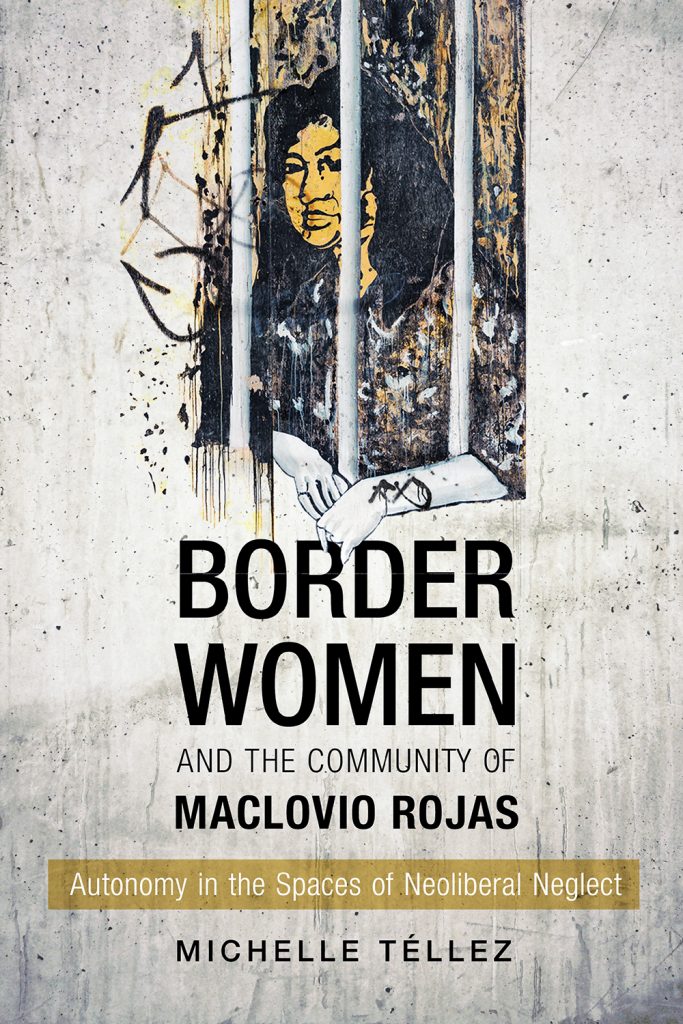
Near Tijuana, Baja California, the autonomous community of Maclovio Rojoas demonstrates what is possible for urban place-based political movements. More than a community, Maclovio Rojas is a women-led social movement that works for economic and political autonomy to address issues of health, education, housing, nutrition, and security. In Border Women and the Community of Maclovio Rojas: Autonomy in the Spaces of Neoliberal Neglect, Michelle Téllez‘s tells the story of this community’s struggle to carve out space for survival and thriving in the shadows of the U.S.-Mexico geopolitical border. These border women both contest and invoke their citizenship as they struggle to have their land rights recognized, and they transform traditional political roles into that of agency and responsibility.
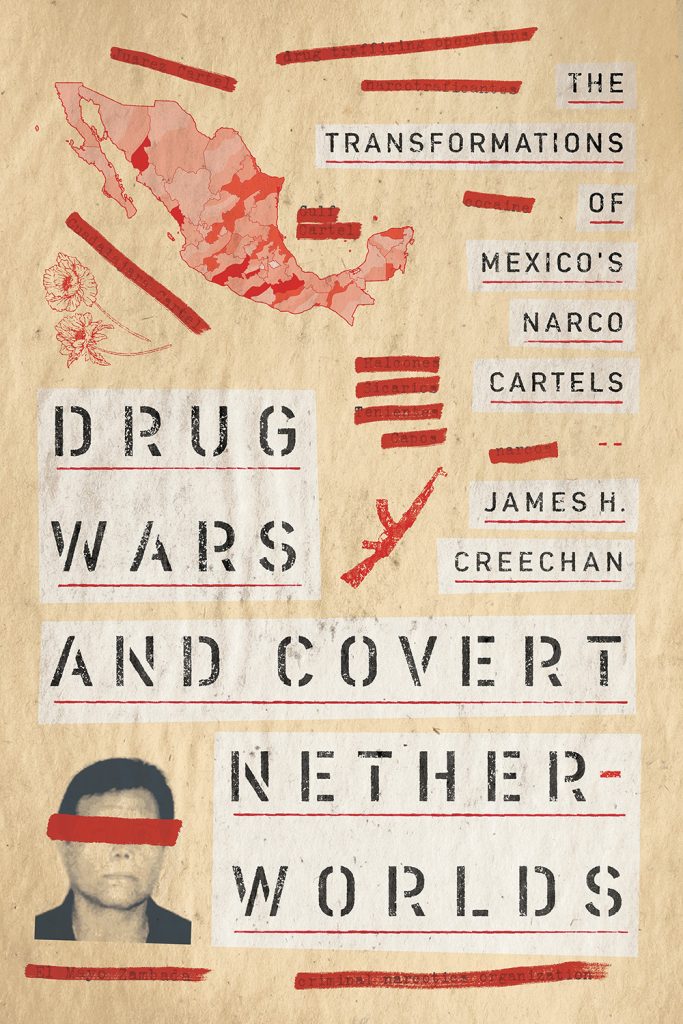
In Drug Wars and Covert Netherworlds: The Transformations of Mexico’s Narco Cartels, sociologist and criminologist James H. Creechan draws on decades of research to paint a much more nuanced picture of the transformation of Mexico’s narco cartels. Creechan details narco cartel history, focusing on the decades since Richard Nixon declared the War on Drugs. With sobering detail, Creechan unravels a web of government dependence, legitimate enterprises, covert connections, and violent in-fighting. He details how drug smuggling organizations have grown into powerful criminal mafias with the complicit involvement of powerful figures in civil society to create covert netherworlds.
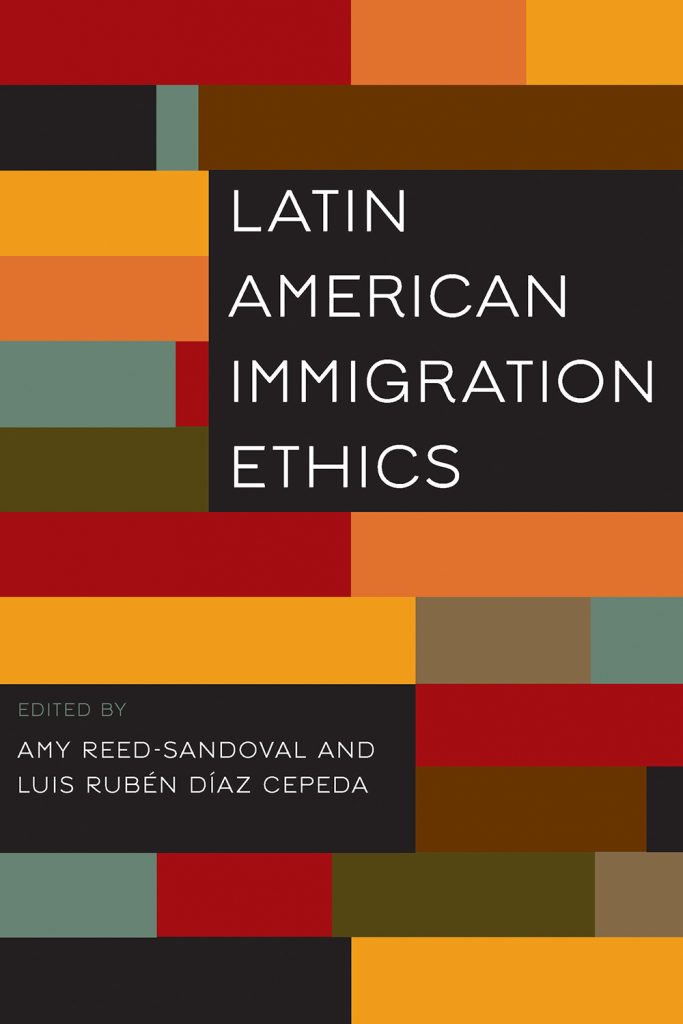
Latin American Immigration Ethics advances philosophical conversations and debates about immigration by theorizing migration from the Latin American and Latinx context. Edited by Luis Rubén Díaz Cepeda and Amy Reed-Sandoval, the essays in this book emphasize Latin American and Latinx philosophies, decolonial and feminist theories, and Indigenous philosophies of Latin America, in the pursuit of an immigration ethics. The contributors explore the moral challenges of immigration that either arise within Latin America, or when Latin Americans and Latina/o/xs migrate to and reside within the United States. Uniquely, some chapters focus on south to south migration. Contributors also examine Latina/o/x experiences in the United States, addressing the lacuna of philosophical writing on migration, maternity, and childhood.
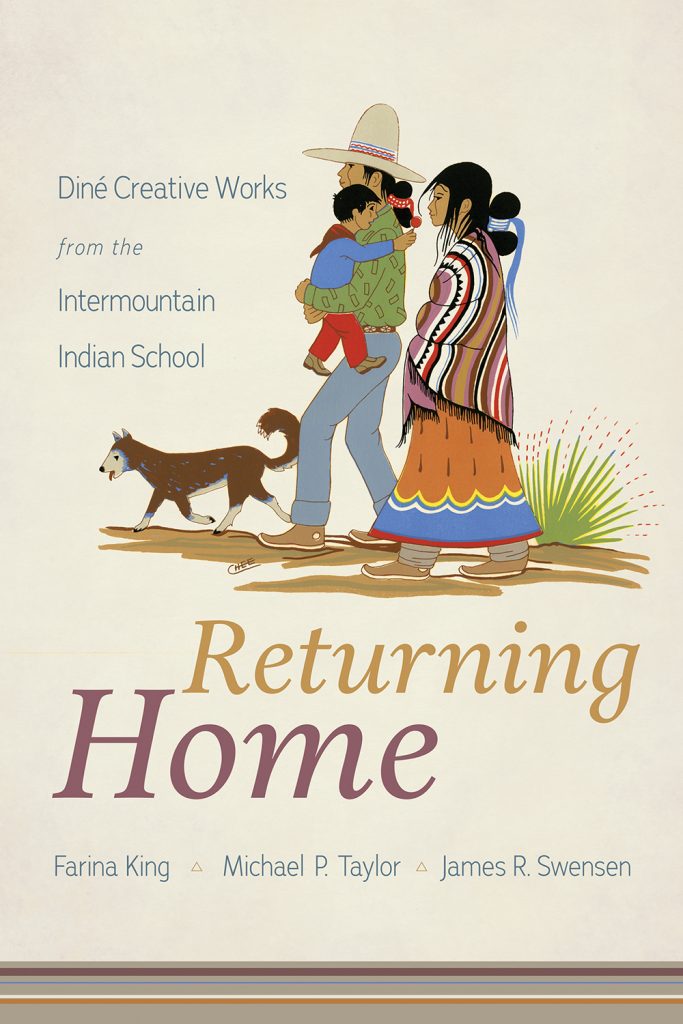
Returning Home: Diné Creative Works from the Intermountain Indian School features and contextualizes the creative works of Diné boarding school students at the Intermountain Indian School, which was the largest federal Indian boarding school between 1950 and 1984. Diné student art and poetry reveal ways that boarding school students sustained and contributed to Indigenous cultures and communities despite assimilationist agendas and pressures. Authors Farina Noelani King, Michael P. Taylor, and James R. Swensen intend to recover the lived experiences of Native American boarding school students through creative works, student interviews, and scholarly collaboration. It shows the complex agency and ability of Indigenous youth to maintain their Diné culture within the colonial spaces that were designed to alienate them from their communities and customs.
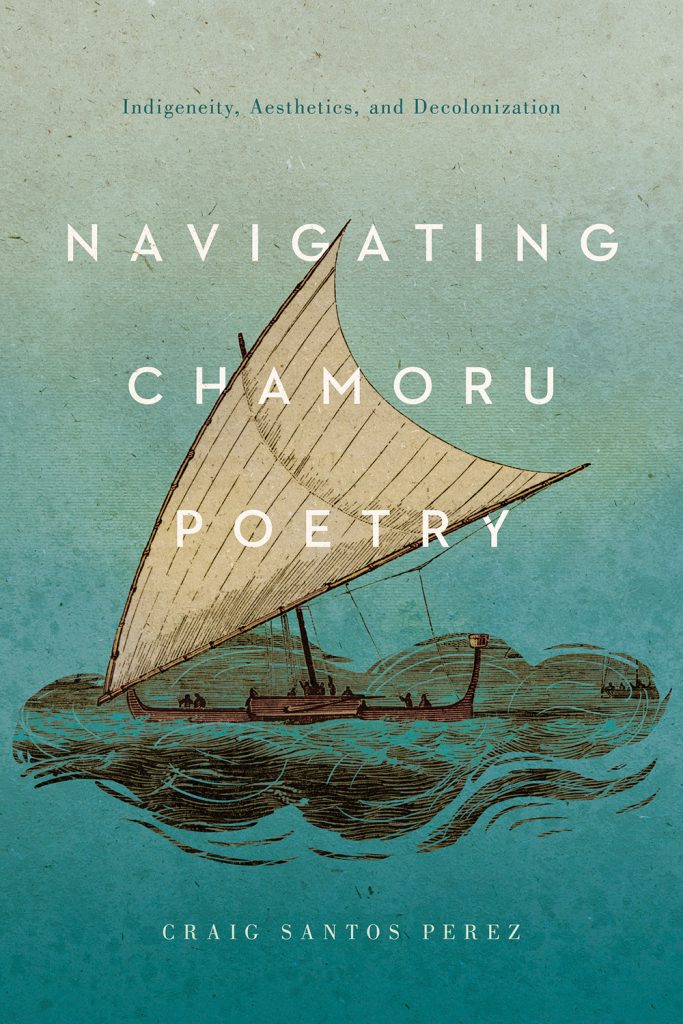
Navigating CHamoru Poetry: Indigeneity, Aesthetics, and Decolonization focuses on Indigenous CHamoru (Chamorro) poetry from the Pacific Island of Guåhan (Guam). Poet and scholar Craig Santos Perez brings critical attention to a diverse and intergenerational collection of CHamoru poetry and scholarship. Throughout this book, Perez develops an Indigenous literary methodology called “wayreading” to navigate the complex relationship between CHamoru poetry, cultural identity, decolonial politics, diasporic migrations, and native aesthetics. Perez argues that contemporary CHamoru poetry articulates new and innovative forms of indigeneity rooted in CHamoru customary arts and values, while also routed through the profound and traumatic histories of missionization, colonialism, militarism, and ecological imperialism.
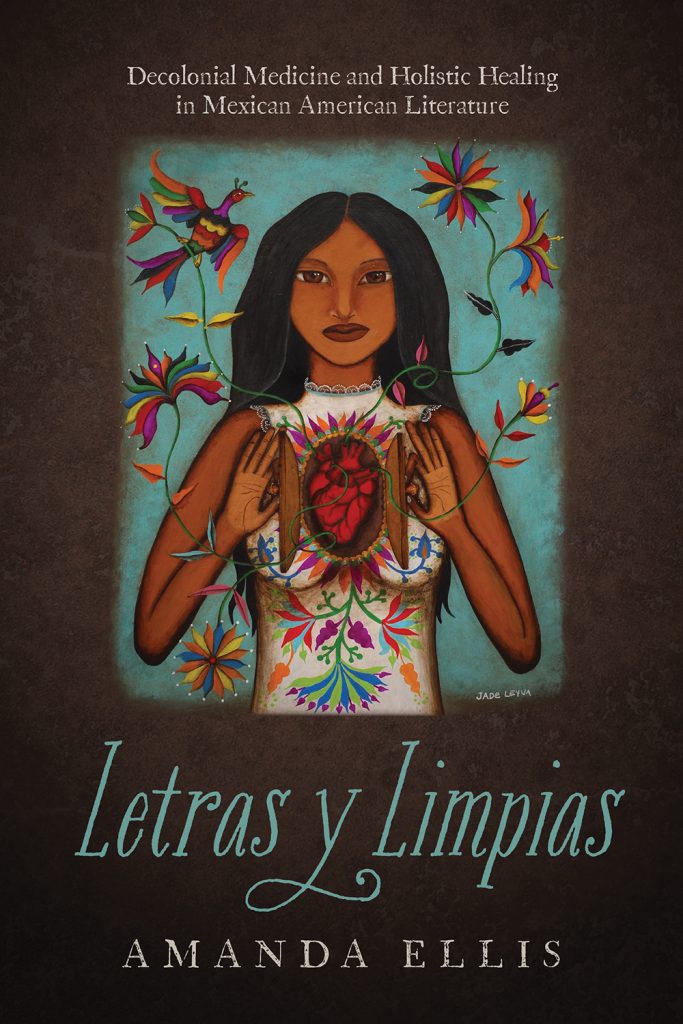
Letras y Limpias: Decolonial Medicine and Holistic Healing in Mexican American Literature is the first book to explore the literary significance of the figure of the curandera within Mexican American literature. Amanda V. Ellis traces the significance of the curandera and her evolution across a variety of genres written by leading Mexican American authors, including Américo Paredes, Rudolfo Anaya, Gloria E. Anzaldúa, Manuel Munoz, ire’ne lara silva, and more. Letras y Limpias shows how the figure of the curandera offers us ways to heal that have nothing to do with copays or medical professionals refusing care, and everything to do with honoring the beauty and complexity of any, every, and all humans.
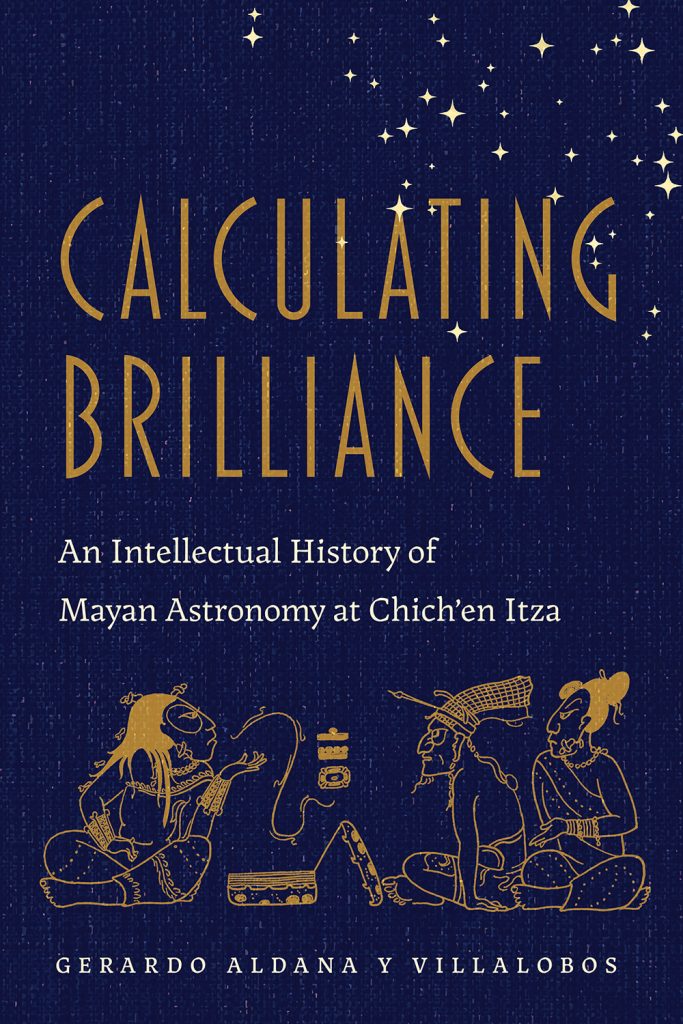
To the modern eye, the architects at Chich’en Itza produced some of the most mysterious structures in ancient Mesoamerica. The purpose and cultural influences behind this architecture seem left to conjecture. The people who created and lived around this stunning site may seem even more mercurial. Near the structure known today as the Great Ball Court and within the interior of the Lower Temple of the Jaguar, a mural depicts a female Mayan astronomer called Ilaj K’uk’il Ek’. In Calculating Brilliance: An Intellectual History of Mayan Astronomy at Chich’en Itz, Gerardo Aldana brings to light the discovery by this Mayan astronomer, and critically reframes science in the pre-Columbian world.
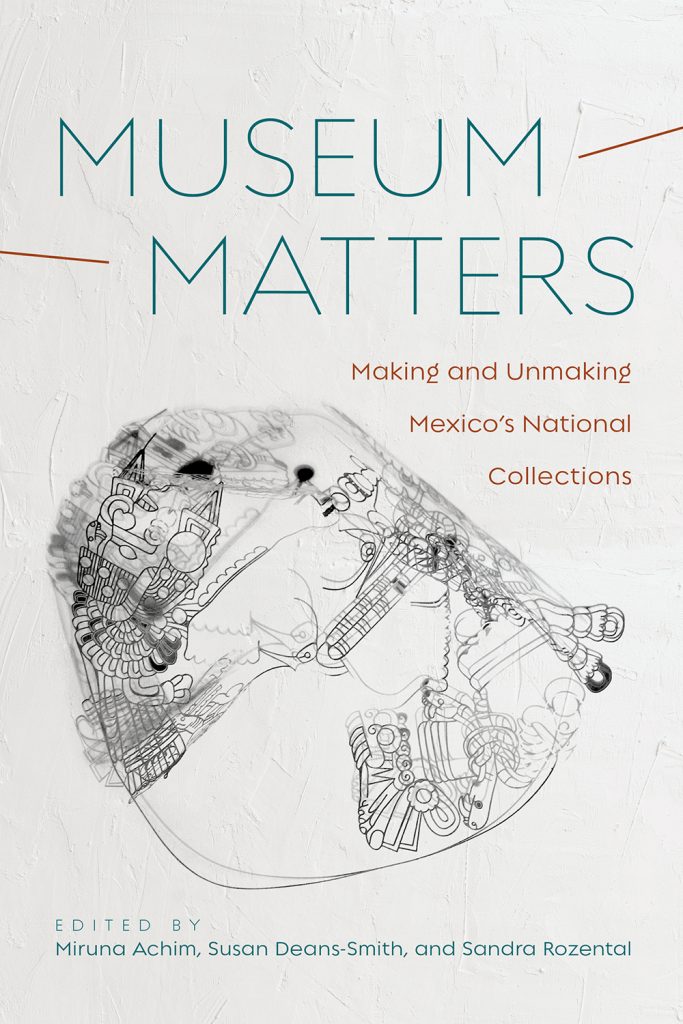
Museum Matters: Making and Unmaking Mexico’s National Collections, traces the emergence, consolidation, and dispersal of this national museum complex by telling the stories of its objects. Objects that have been separated over time are brought back together in this book in order to shed light on the interactions and processes that have forged things into symbols of science, aesthetics, and politics. Edited by Miruna Achim, Susan Deans-Smith, and Sandra Rozental, contributors to this volume illuminate how collections came into being or ceased to exist over time, or how objects moved in and out of collections and museum spaces. They explore what it means to move things physically and spatially, as well as conceptually and symbolically.

In Once Upon the Permafrost; Knowing Culture and Climate Change in Siberia, author, anthropologist Susan Alexandra Crate, details her three decades working with Sakha, the Turkic-speaking horse and cattle agropastoralists of northeastern Siberia, Russia. Crate reveals Sakha’s essential relationship with alaas, the foundational permafrost ecosystem of both their subsistence and cultural identity. Sakha know alaas via an Indigenous knowledge system imbued with spiritual qualities. This counters the scientific definition of alaas as geophysical phenomena of limited range. Climate change now threatens alaas due to thawing permafrost, which, entangled with the rural changes of economic globalization, youth out-migration, and language loss, make prescient the issues of ethnic sovereignty and cultural survival.
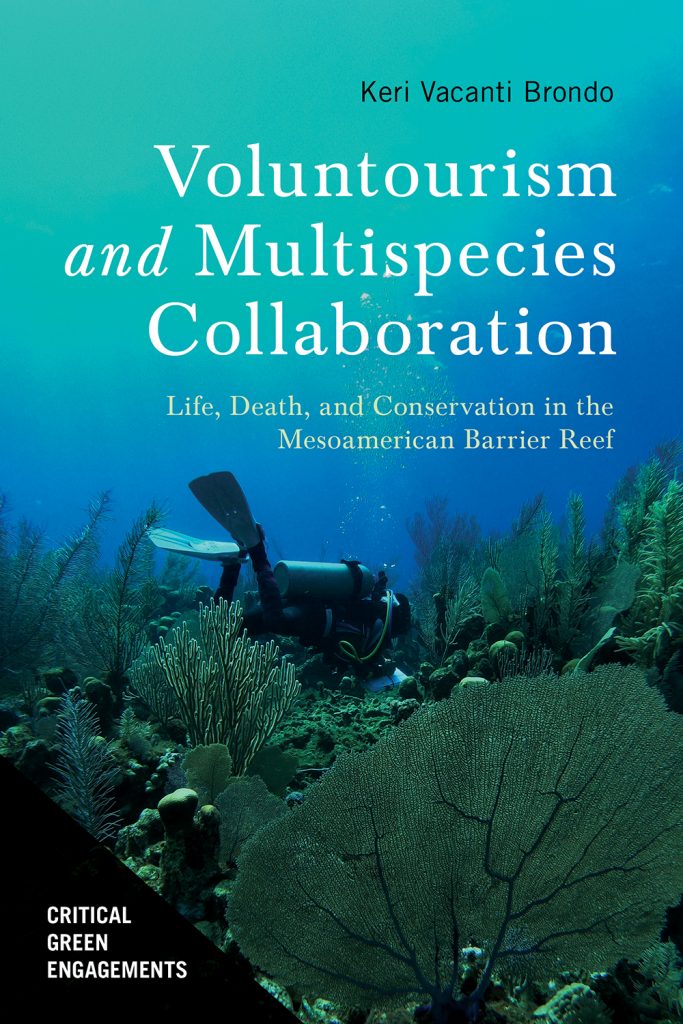
In Voluntourism and Multispecies Collaboration: Life, Death, and Conservation in the Mesoamerican Barrier Reef, anthropologist Keri Vacanti Brondo provides a pioneering theoretical framework that conceptualizes conservation voluntourism as a green industry. Brondo argues that the volunteer tourism industry is the product of coloniality and capitalism that works to produce and sustain an economy of affect while generating inequalities and dispossession. Employing a decolonizing methodology based on landscape assemblage theory, Brondo offers “thinking-like-a-mangrove” to attend to alternative worldings in Utila beyond the hegemonic tourist spectacle–dominated world attached to the volunteer tourism industry. Readers journey through the mangroves and waters alongside voluntourists, iguanas, whale sharks, turtles, lionfish, and islanders to build valuable research experience in environmental management while engaging in affective labor and multispecies relations of care.
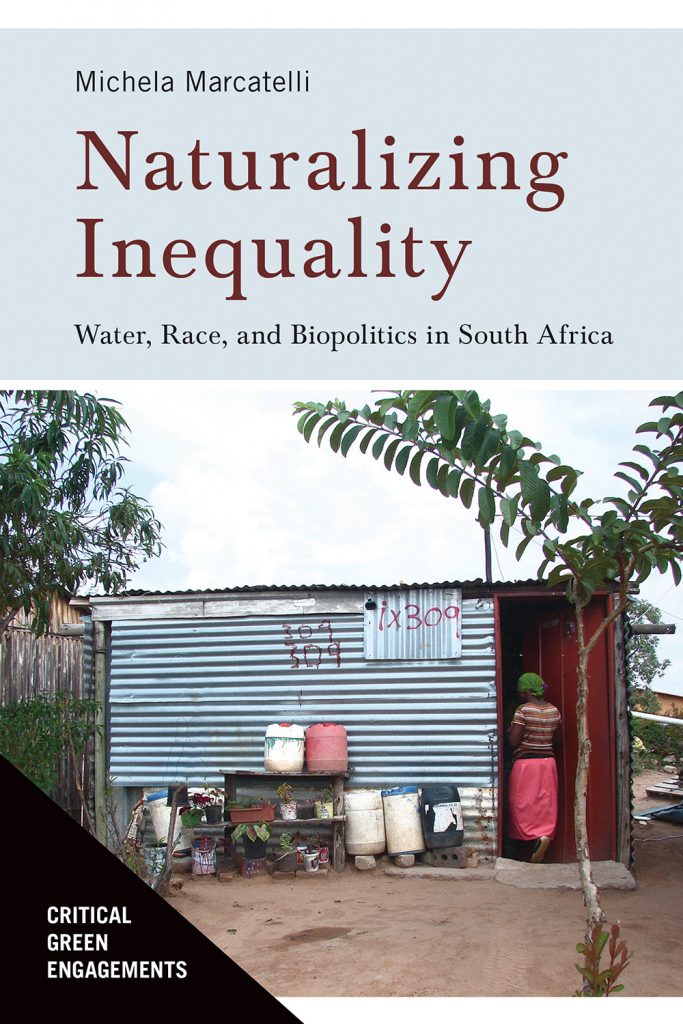
More than twenty-five years after the end of apartheid, water access remains a striking reminder of racial inequality in South Africa. This book compellingly argues that in the post-apartheid period inequality has not only been continuously reproduced but also legitimized. In Michela Marcatelli‘s Naturalizing Inequality: Water, Race, and Biopolitics in South Africa, Marcatelli unravels this inequality paradox through an ethnography of water in a rural region of the country. The Waterberg Plateau is a space where agriculture, conservation, and extraction coexist and intersect. Marcatelli examines the connections between neoliberalism, race, and the environment by showing that racialized property relations around water and land are still recognized and protected by the post-apartheid state to sustain green growth.
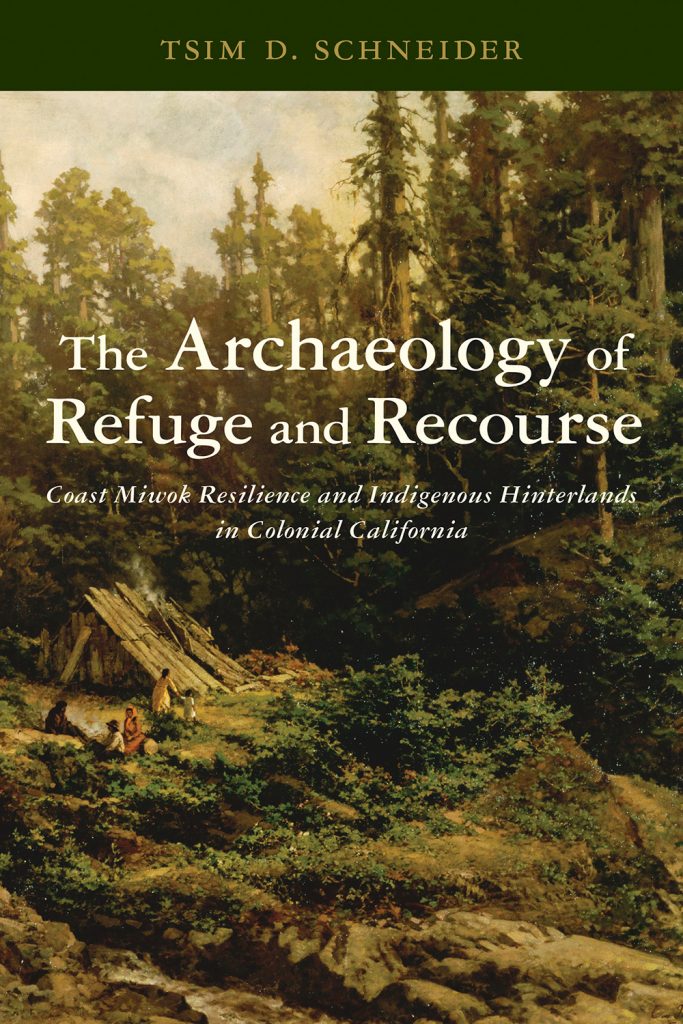
The Archaeology of Refuge and Recourse: Coast Miwok Resilience and Indigenous Hinterlands in Colonial California explores the dual practices of refuge and recourse among Indigenous peoples of California. From the eighteenth to the twentieth century, Indigenous Coast Miwok communities in California persisted throughout multiple waves of colonial intrusion. But to what ends? Applying theories of place and landscape, social memory, and mobility to the analysis of six archaeological sites, Tsim D. Schneider argues for a new direction in the archaeology of colonialism. This book offers insight about the critical and ongoing relationships Indigenous people maintained to their homelands despite colonization and systematic destruction of their cultural sites.
 The University of Arizona Press
The University of Arizona Press

